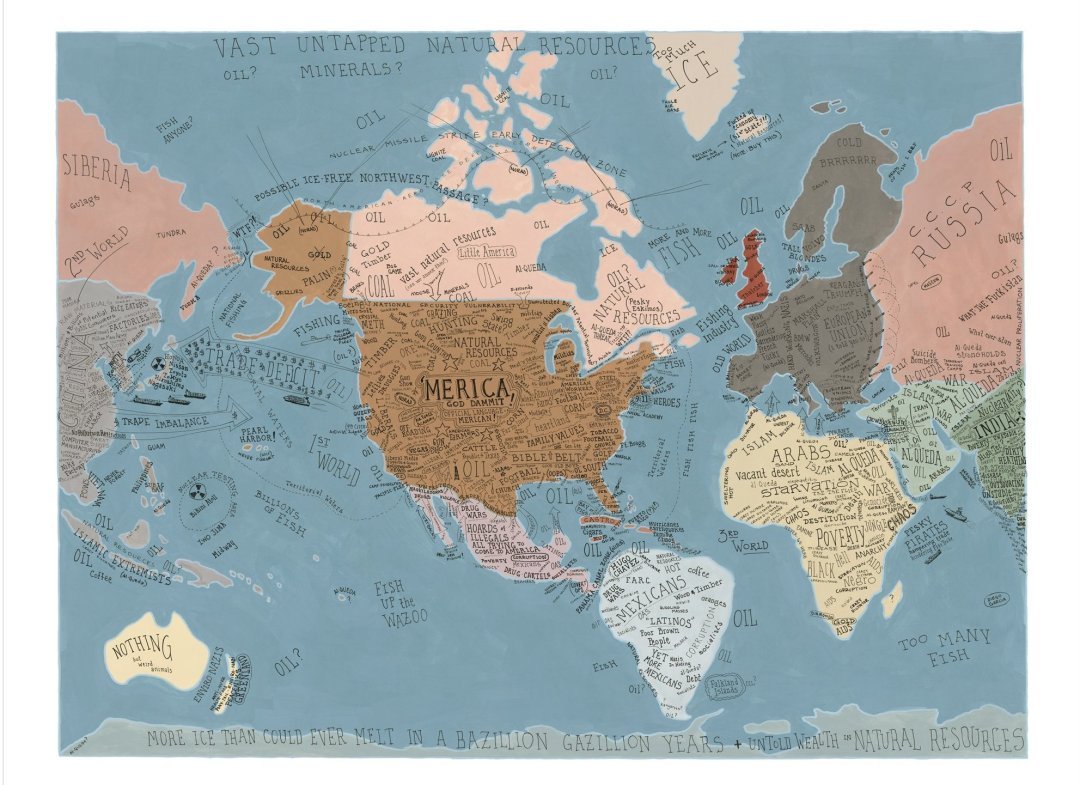I do most of my etching work at the wonderful Robert Blackburn Printmaking Workshop (RBPMW) on 39th street in NYC. The top photo is me at RBPMW working on one of my latest etchings. The photo underneath is also at RBPMW and shows a view of two of the Charles Brand presses, artist Beth Sutherland working on one of her etchings, and beyond her is the aquatint box and door to the acid room.
Over at Tom Cathey's blog he has a post about his visit to RBPMW which features shots of the workshop, including one of Beth's prints in the drying rack and a photo of me describing my process to botanical artist, Mindy Lighthipe and artist, Patricia Wynne. It was a pleasant surprise to see Mindy there as I hadn't seen her since my days at the botanical garden in 2003, training to become a botanical illustrator (a short-lived dream of mine back then).




















